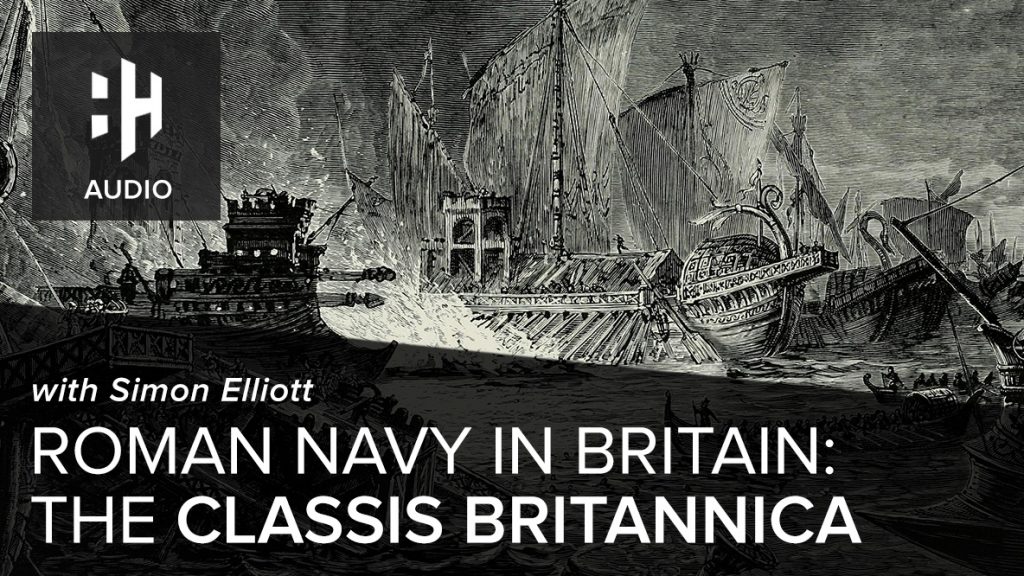In AD 142, following the instructions of the Roman Emperor, Antoninus Pius, the Roman forces set about the construction of the Antonine Wall, under the command of the Governor Lollius Urbicus. This wall – today as then – ran between the rivers Forth in the East to the Clyde on the West Coast.
This wall was to become Rome’s new most northerly frontier, built and manned by soldiers from the three legions and their supporting auxiliary. Like its neighbour Hadrian’s Wall, it was designed to keep the ‘barbarians’ in the north separate from those in the Roman south.
It also ensured the Roman troops had control of those who sought to enter or leave the protection along Rome’s northern frontier and its forts.

Image source: NormanEinstein / CC BY-SA 3.0.
Extending Britannia
The Romans called the land south of the Antonine Wall the province of Britannia, which was governed from a central administration in London. Following the death of the Emperor Antoninus in around AD 165, the soldiers of the Roman Army retreated to man Hadrian’s Wall.
At the time of the Roman occupation, the area of the Antonine Wall became a strictly military zone, with an estimated total force of 9,000 auxiliary and legionary soldiers stationed along this area of the wall.
The number of soldiers sent north to build and man this northerly wall was similar to that which manned Hadrian’s Wall. Using the manpower of the three main legions of Britain, it was built of wood and turf laid on a stone foundation.
These were legionaries from the XX Valeria Victrix, the II Augusta and the VI Victrix, usually based at Caerleon, Chester and York.
 Watch Now
Watch NowThe role of the legions and the auxiliaries
The legions built most of the forts and the surrounding curtain, while the auxiliaries mainly built buildings close to the fort.
Each legion was given precise lengths to build, and the legionary soldiers set up large stone inscriptions called ‘distance tablets’ to show what length of the Antonine Wall they built; each legion strived to do better than the other legions in completing their distance.

A recreation of Roman legionaries wearing the lorica segmentata.
While we know much about the history of the three legions, we do not have quite the same coverage for the auxiliary soldiers.
These were men drawn also from across many parts of the Roman Empire; usually they would serve in detachments of 500 or in some units up to 1,000 men. It was mostly those troops who would remain and man the Antonine Wall after it was built.
Although these auxiliary troops were not yet fully Roman citizens, after serving their 25 years this would be granted to them on discharge.
 Listen Now
Listen NowMost of the auxiliary troops were infantry but we also know there were some highly skilled cavalry troops amongst them. There were probably eight troop detachments of the auxiliary serving at the Antonine Wall, and from records and inscriptions it seems they came from far and wide, including distant Syria.
At Mumrill’s and Castlehill forts, large squadrons of cavalry were stationed. This is revealed by inscriptions left on altars and distance slabs by both the legionary and auxiliary units and cohorts.

Course of the Antonine Wall near Twechar. Image source: Michel Van den Berghe / CC BY-SA 2.0.
Legionary soldiers
The Roman army was formed into two main groups; the legions were made up of Roman citizens, and the auxiliaries were made up of the allies of Rome. It was during the period of Antoninus Pius that there were three legions serving in Britain, being the XX Valeria Victrix the VI Victrix and the II Augusta.
Each legion was about 5,500 strong and consisted of heavily armed and trained infantry soldiers, these were formed into ten cohorts, each being 480 in strength.The exception was for the first cohort which was double in manpower and was about 900 strong.

Vessels of Samian ware, found in Balmuildy.
The Legatus Legionis (Legate) was the commander of each legion. There were also cavalry alae of 120, split up into four squadrons of thirty that served with each legion in the field.
The legionaries were the strength of the Roman Army and with their training and discipline guarded the sacred Eagles of the Standards. The normal length of service was 25 years before being discharged.
 Listen Now
Listen NowThe auxiliary cohorts
It was the auxiliary troops who supported the men of the regular legions. It was only after serving their time in the Roman army they would become Roman citizens, an honour which could be passed on to any of their children.
Like the men serving in the legions during the 1st and 2nd century AD, auxiliaries were not supposed to marry. However, like their counterparts in the legion, they would have families living alongside in the Vicus close to the forts.

Stone foundation for the wall at Bearsden. Image source: Chris Upson / CC BY-SA 2.0.
The Roman army had up to eight various auxiliary units serving along the Antonine Wall, from as far off as North Africa. These units would usually come from one region in the Roman Empire, but after being formed would be shipped out to another different area of the empire.
This greatly reduced troops available to quell any local uprisings. Auxiliary troops came from those who shared the same ethnic identity. These units were under the command of Roman officers from the standing legions.
The auxiliaries equipment was in many ways similar to those of the legions but each unit retained its own arms, such as long slashing swords, bows, slings and spears for stabbing. Otherwise they wore helmets, chain-mail and carried oval shields, providing thorough protection.
Under this they would have worn woollen tunics, cloaks, and leather hobnailed boots.

Roman auxiliary infantry crossing a river. They are distinguished by the clipeus, the oval shield, in contrast to the regular scutum carried by legionaries. Image credit: Christian Chirata / CC BY-SA 3.0.
From records and inscriptions we learn that many auxiliaries stayed in their assigned provinces for a considerable period of time. During these long periods of encampments they took on new recruits from the area that they were serving in.
In Britain and the forts along the Antonine Wall, these new local recruits served alongside these soldiers from across the Roman Empire. Many of those auxiliaries retired and continued to live in these provinces.
While the auxiliary soldiers and units clung to their own traditions and identities, they also became ‘Roman’ and were an essential part of Rome’s military war machine.
The navy

Mosiac of a Roman galley, Bardo Musuem, Tunisia, 2nd century AD.
In order to bring the Roman Empire under its control and move its legions and auxiliaries around, the powers in Rome knew that they had to have command of the seas, which in turn led them to develop a powerful fleet of vessels; they in turn were manned by both Romans and auxiliary sailors.
Their terms of service were similar to that of their army counterparts. It was with their mastery of the seas that these armies of ancient Rome could be easily and successfully moved when needed.
 Listen Now
Listen NowThe fleet known as the Classis Britannica, CL.BR, was, with its German counterpart, responsible for the ferrying of the soldiers their arms and equipment plus goods and services needed.
The port and fort at Cramond on the river Forth was used during the Antonine period for supplying the material and men on the Antonine Wall, as was Old Kilpatrick fort on the Clyde.
The ships of the Imperial Navy were also responsible for carrying not only the troops were also fitted out to carry the horses used by both the men of the legions and the auxiliary.
When reaching frontiers like the Antonine Wall in Scotland, they would arrive much more safely, with less chances of been lame or injured, than if they had to be transported over vast distances of land.
This enabled the auxiliary cavalry troops along the Antonine Wall to carry out their patrols on fresh mounts.
Veteran of the British Army John Richardson is the founder of the Roman Living History Society, “The Antonine Guard”. The Romans and The Antonine Wall of Scotland is his first book and was published on 26 September 2019, by Lulu Self-Publishing .
Featured Image: PaulT (Gunther Tschuch) / CC BY-SA 4.0. Diliff / Commons.
















